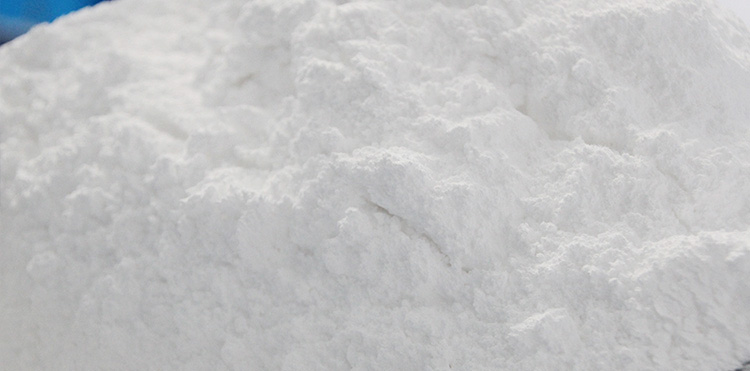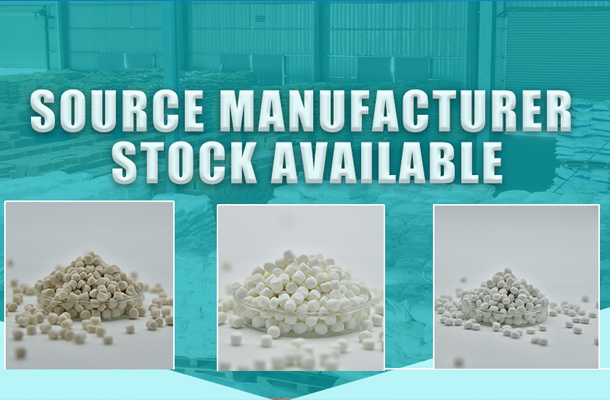The role of zinc stearate in rubber processing is multifaceted, encompassing several key aspects:
Release Agent: Zinc stearate effectively reduces the adhesive nature of rubber during processing, facilitating the ejection of rubber products from molds more easily. It also imparts a degree of matting effect to the product surface by reducing glossiness.
Sulfur Vulcanization Activator: When used in conjunction with stearic acid, zinc stearate forms zinc soap, which has an acidic activating effect on the double bonds in rubber molecules. This accelerates the sulfur vulcanization process, increasing the crosslink density and efficiency of vulcanization.
Plasticizer and Softener: By decreasing the viscosity of rubber binders, zinc stearate enhances the processability of rubber, making it more pliable and easier to shape and manipulate during manufacturing.
Lubricant: Within rubber mixing and processing operations, zinc stearate acts as an internal lubricant, minimizing friction between the rubber and machinery. This not only boosts production efficiency but also promotes a homogeneously mixed compound.
Foaming Agent: In specific rubber products like EVA (ethylene-vinyl acetate copolymer) foams, zinc stearate can function as a foaming aid, assisting in controlling the foaming process and influencing the final product's density and structure.
Emulsifier: In the synthesis of rubber, zinc stearate contributes to the stabilization of emulsions, acting as an emulsifying agent to ensure uniformity and stability within the reaction system.
It is crucial to manage the dosage of zinc stearate carefully, typically ranging between 1-2%, as excessive addition can lead to blooming, affecting both the appearance and performance of the rubber product. Moreover, the selection of appropriate amounts of zinc stearate and other additives is pivotal for the ultimate performance of rubber goods, necessitating adjustments based on specific formulations and manufacturing processes.








